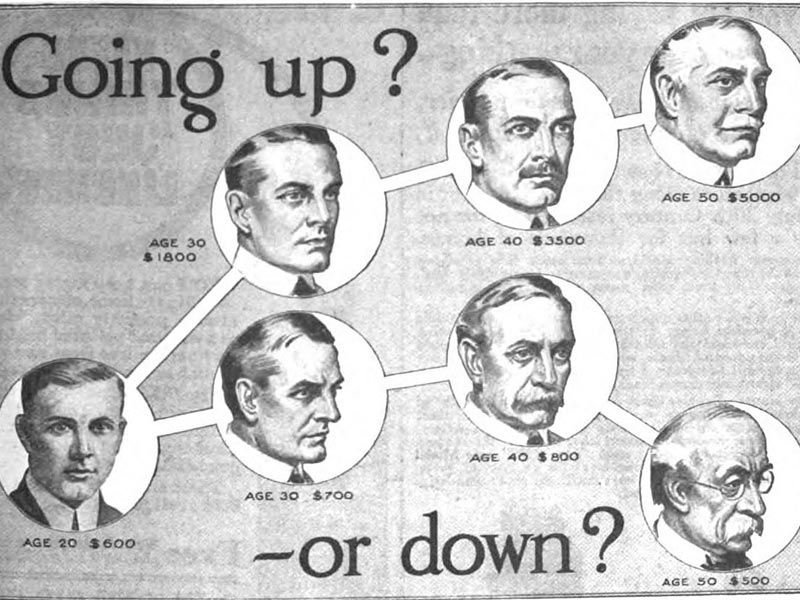Social Mobility is a term used to move an individual or group from one social position to another over time. In simple terms, it means a change in wealth or social status of families or individuals. However, a wider definition that includes a change in health status, literacy rate, education, and other aspects can also be attributed to the term. Social mobility doesn’t always mean the movement of individuals or groups upward from the current status. The movement could be either upward or downward. It can also mean a movement from one place to another within the same social level. This stands true in case of changes between two occupations of the same level.
Social mobility can be intergenerational. Now, what does intergenerational social mobility mean? It is when children attain a status higher or lower than their parents. It is one of the most common types of social mobility as the status of parents and children is unlikely to remain the same in the majority of cases. While a high-level intergenerational social mobility is good as it indicates significant progress from the previous generation, the same can’t be said about low-level intergenerational social mobility.
Two common types of social mobility are absolute social mobility and relative social mobility.

Absolute Social Mobility: Absolute social mobility is the total observed movement of people between classes. To understand this better, we can take the example of a country whose government decided to give quality education to a social group that previously didn’t get a proper education.
Relative Social Mobility: Relative Social Mobility is nothing but an approximation or an estimation of one individual’s upward or downward mobility or a particular community. The significance of relative social mobility can be understood by studying the progress of one particular family or a particular community in a specific region.
Economic capital, cultural capital, human capital, social status, and education are factors that play a key role in a social movement. For studying social mobility, an individual’s financial status, assets, and education are among the factors taken into account.
Also Read, Your Simplest Guide to Effective Parenting
Let’s understand various Capitals that are taken into account for understanding social mobility.
Cultural Capital: Cultural Capital includes college degrees, customs, rituals, or anything that can help one in a particular job market.
Human Capital: Human Capital can also be known as personal qualities or capabilities such as work ethics, competence, or other individual traits.
Social Capital: Social Capital means the benefits one person or a community can reap from the social network. The benefits may come in any form, such as insider knowledge, reference, and access to better professional opportunities.

These three capitals play an integral role in acquiring wealth and status. Different societies have different value systems, and it is the systems of value that present different opportunities for mobility. The growing gap between rich and poor is one of the gaps between the societies that comes to light when one dives deep into several aspects of social mobility.
Economic Inequality: Economic Inequality is nothing but the gap between rich and poor. The gap does not just mean a difference in wealth or income. It can be further attributed to the difference in overall status.
The disparity or non-uniformity in the distribution of wealth is what gives rise to economic inequality. This is generally common in different classes or societies in a particular country or state. It can also be seen as inequality in wealth between the different countries. It is difficult to point at one specific reason behind economic inequality. Several reasons can be attributed to it. However, there’s a possibility that some of these reasons are interrelated.

Factors Affecting Social Inequality
- Labour Markets
- Globalization
- Taxes
- Policies
- Racism
- Gender Discrimination
- Difference in Culture
- Few People Controlling the Market or Wealth
This is how one can differentiate between capitalist and socialist economies. While globalization aimed to put an end to this disparity or at least reduce the gap, it has certainly been ineffective in doing so. High taxes, disproportionate ownership of assets by the very few, and unprecedented surge in the wealth of the rich have rather widened these gaps. All these factors have played a significant role in downtrend social mobility. It needs to be reversed at the earliest.




























